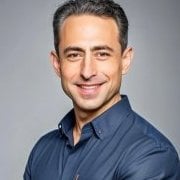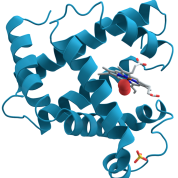Laparoscopic Greater Curvature Plication: An Alternative Restrictive Bariatric Procedure
-
Trending Products
-
Trending Topics
-

- 490 replies
- 22,949 views
-

- 104 replies
- 3,346 views
-

- 9,392 replies
- 772,561 views
-

- 26 replies
- 1,570 views
-

Does your pre-op diet weight loss "count"?
By NickelChip, in General Weight Loss Surgery Discussions
- 26 replies
- 1,435 views
-

- 57 replies
- 3,862 views
-
-
Recent Status Updates
-
I have no clue where to upload this, so I'll put it here. This is pre-op vs the morning of my 6 month appointment! In office I weight 232, that's 88 lbs down since my highest weight, 75 lbs since my surgery weight! I can't believe this jacket fit... I am smaller now than the last time I was this size which the surgeon found really amusing. He's happy with where I am in my weight loss and estimates I'll be around 200 lbs by my 1 year anniversary! My lowest weight as an adult is 195, so that's pretty damn exciting to think I'll be near that at a year. Everything from there will be unknown territory!!· 2 replies
-
-
I changed my profile image to a molecule of protein. Why? Because I am certain that it saved my life.· 0 replies
- This update has no replies.
-
April Surgery· 0 replies
Am I the only struggling to get weight down. I started with weight of 297 and now im 280 but seem to not lose more weight. My nutrtionist told me not to worry about the pounds because I might still be losing inches. However, I do not really see much of a difference is this happen to any of you, if so any tips?
Thanks
- This update has no replies.
-
Well recovering from gallbladder removal was a lot like recovering from the modified duodenal switch surgery, twice in 4 months yay 🥳😭. I'm having to battle cravings for everything i shouldn't have, on top of trying to figure out what happens after i eat something. Sigh, let me fast forward a couple of months when everyday isn't a constant battle and i can function like a normal person again! 😞· 0 replies
- This update has no replies.
-
























